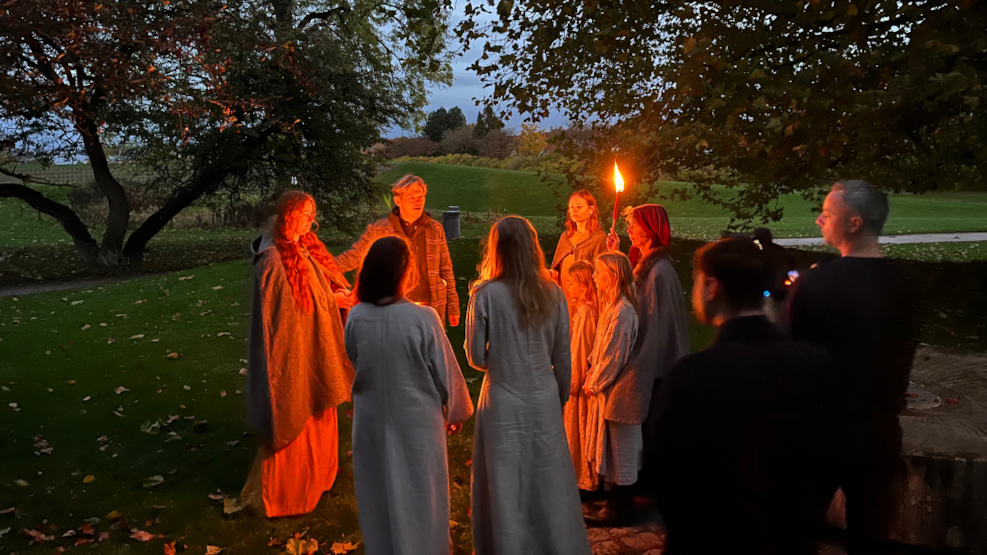
Roskilde – The City of Springs | Go hunting for the city's many springs
Imagine a city where water has bubbled up from underground for a thousand years. In Roskilde, more springs emerge than anywhere else north of the Alps – and it is this water that has always been the lifeblood of the city. Churches, a royal estate, and mills were built here, and one of the most important medieval cities, Roskilde, emerged. The springs didn’t just supply water and energy – they created life, community, and stories that can still be felt in the city’s streets today.
Experience the Springs
There are several ways to explore Roskilde’s springs. You can follow the Spring Route and see them all one by one – or set off on your own adventure to find your personal favourite.
Discover the universe of springs – and find the city's hidden oases
Today, eight visible springs still exist in the city centre. Each has its own appearance and story. Some are powerful and prominent, others more hidden and discreet.
The Spring Route is a 5 km trail through the heart of Roskilde, guiding you past all eight historic spring sites. It connects existing springs and monuments and gives insight into both the geological foundations and medieval layout of the city.
Use the map to find all eight remaining springs – or create your own route with selected stops along the way.
Download the map to your phone before starting your tour.
FAQ – Roskilde’s Springs
- How many springs are there in Roskilde?
Eight visible and named springs remain in the city centre today. - Are all the springs natural?
Yes, the springs are natural sources, although some are framed by stone or monuments. - What is the Spring Route?
A 5 km route that connects eight historic springs and leads you through both nature and history. - Can you drink from the springs?
Most springs no longer provide drinking water, and it is not recommended to drink from them directly. - Do the springs have historical significance?
Yes! Many are named after saints and kings and were historically used for healing, drinking water, or industry.